PUBHLTH 90 MIDTERM 2
1/134
Earn XP
Description and Tags
Goes over the topics in Midterm 2 and the mainly the possible images on the exam
Name | Mastery | Learn | Test | Matching | Spaced |
|---|
No study sessions yet.
135 Terms
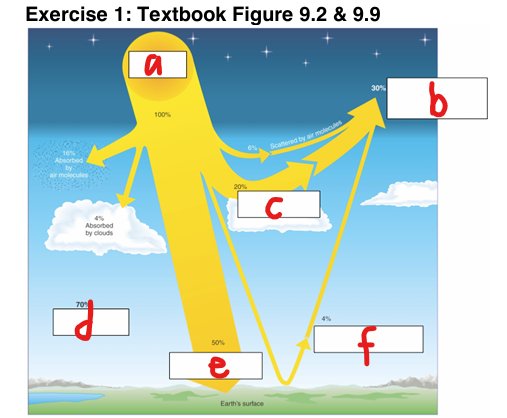
What does a represent in the image?
Sun
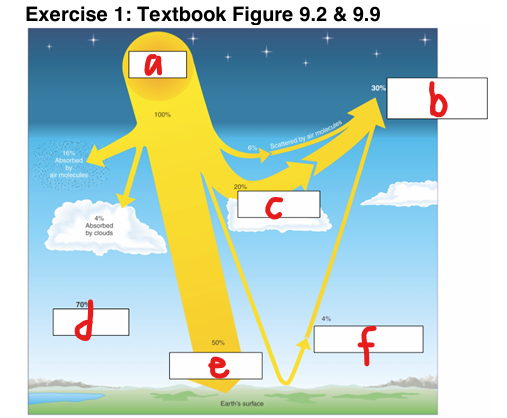
What does b represent in the image?
Reflected and scattered
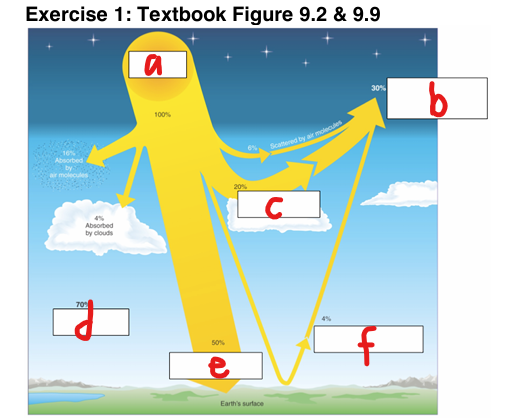
What does c represent in the image?
Reflected by clouds
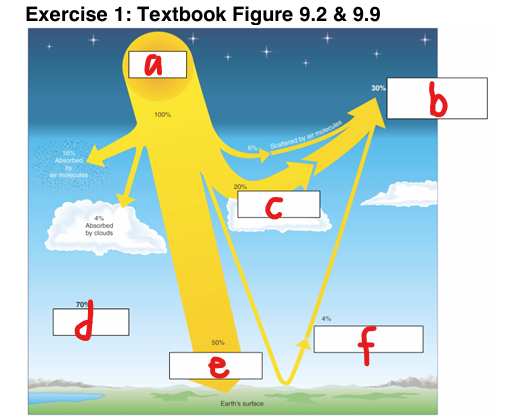
What does d represent in the image?
Absorbed
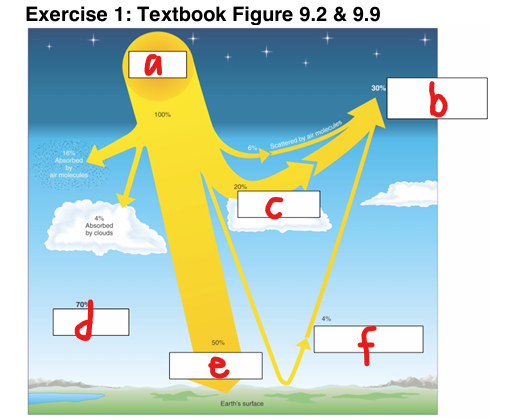
What does e represent in the image?
Absorbed by surface

What does f represent in the image?
Reflected by surface
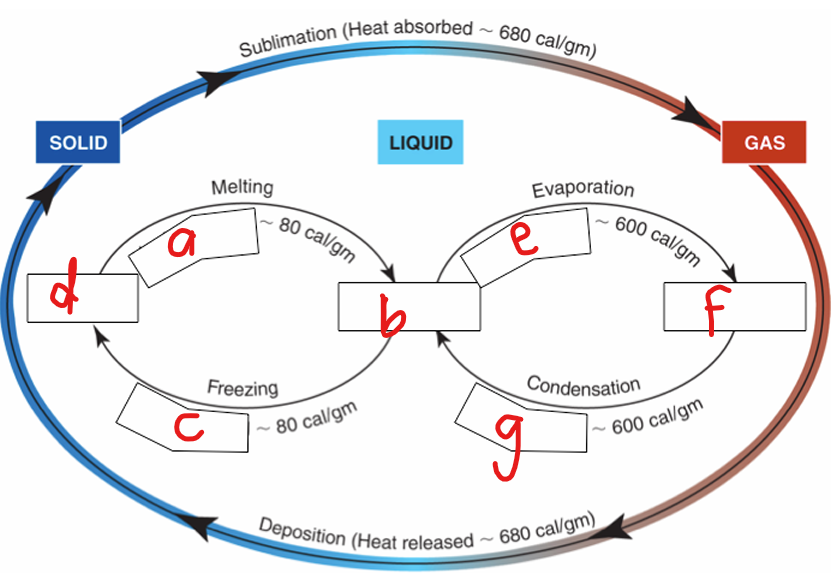
What does a represent in the image?
Heat absorbed

what does b represent in the image?
Water

What does c represent in the image?
Heat released
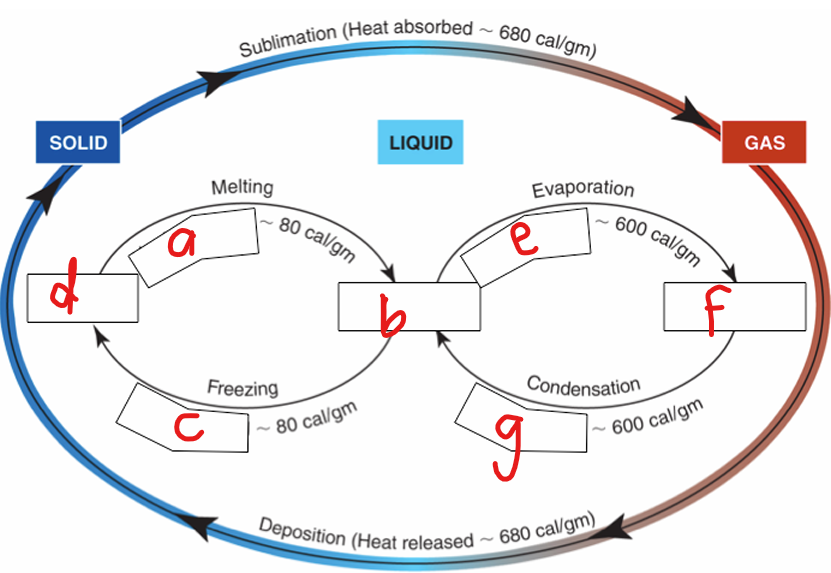
What does d represent in the image?
Ice

What does e represent in the image?
Heat absorbed.
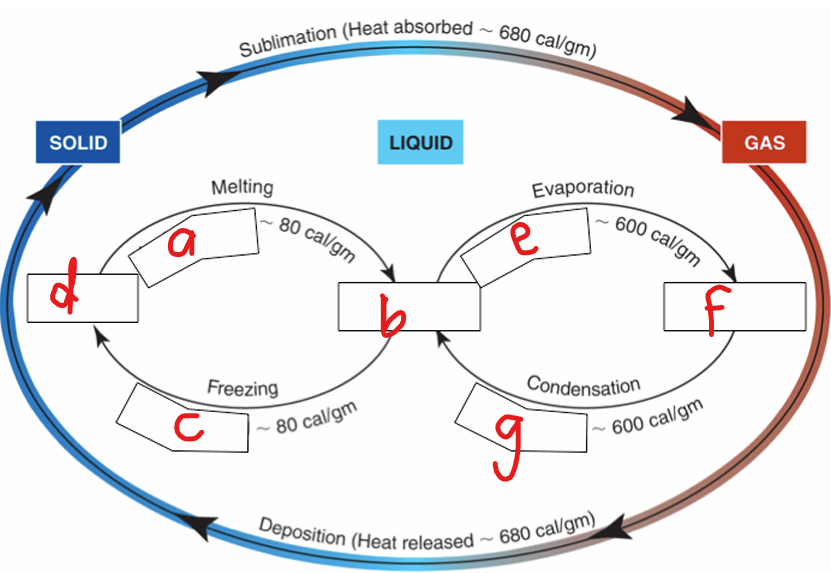
What does f represent in the image?
Water vapor
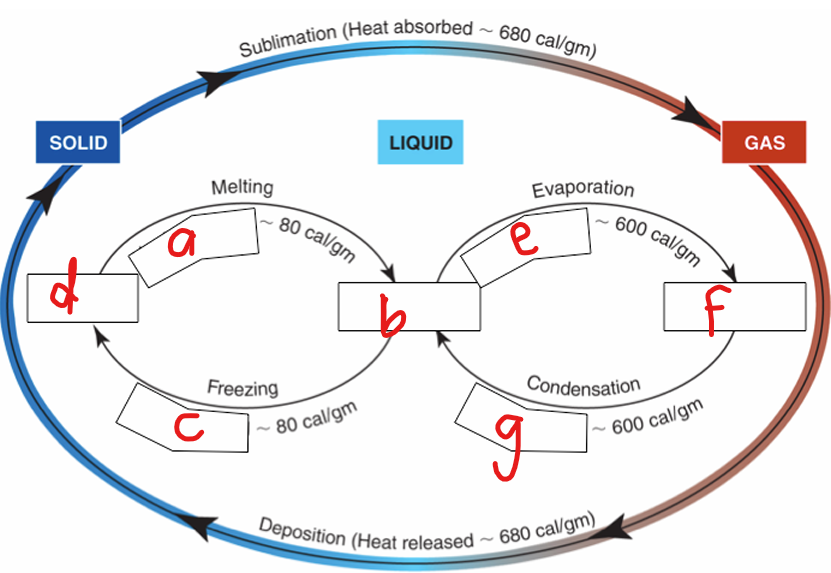
What does g represent in the image?
Heat released.
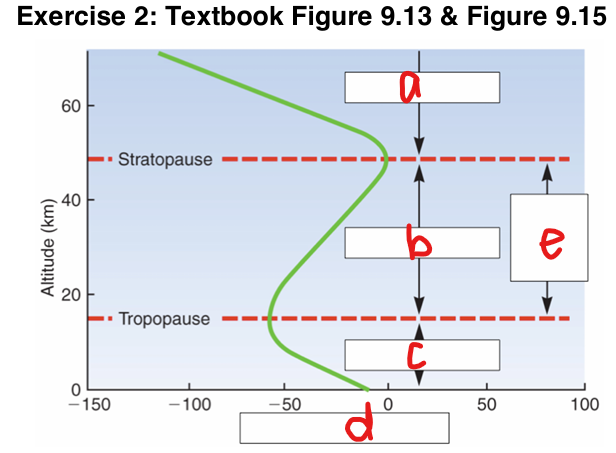
What does a represent in the image?
Mesosphere

What does b represent in the image?
Stratosphere
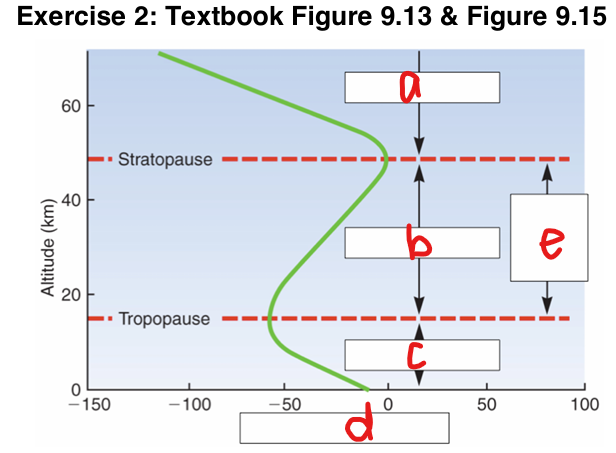
What does c represent in the image?
Troposphere
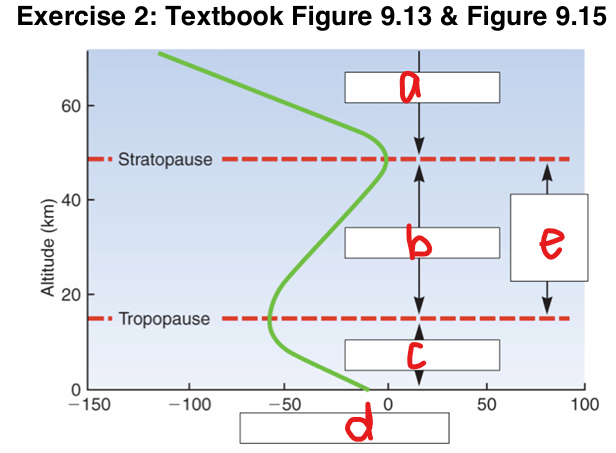
What does d represent in the image?
Temperature (°C)

What does e represent in the image?
Ozone layer
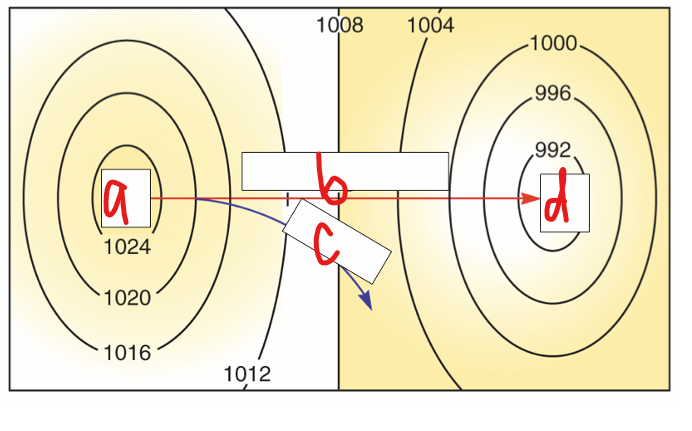
What does a represent in the image?
High Pressure
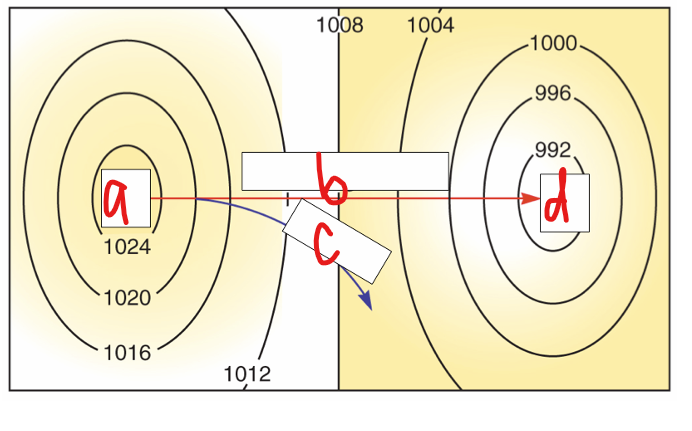
What does b represent in the image?
Wind
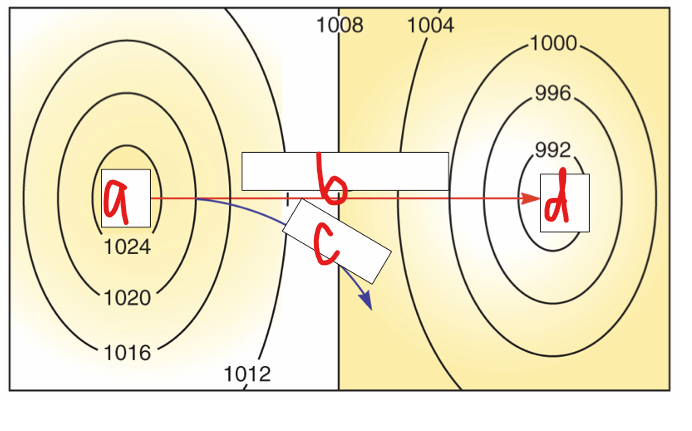
What does c represent in the image?
Coriolis effect
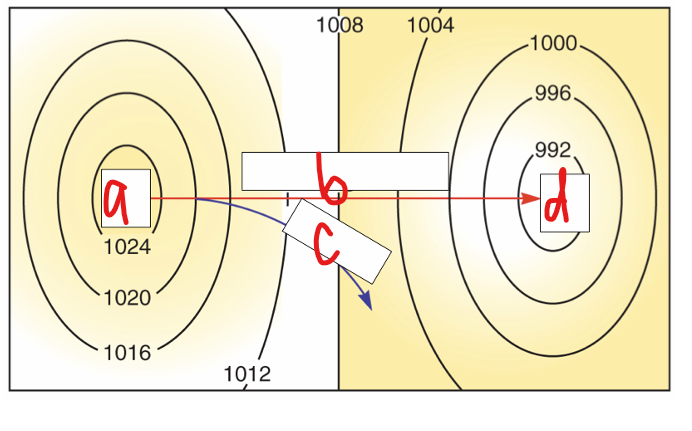
What does d represent in the image?
Low pressure

What does a represent in the image?

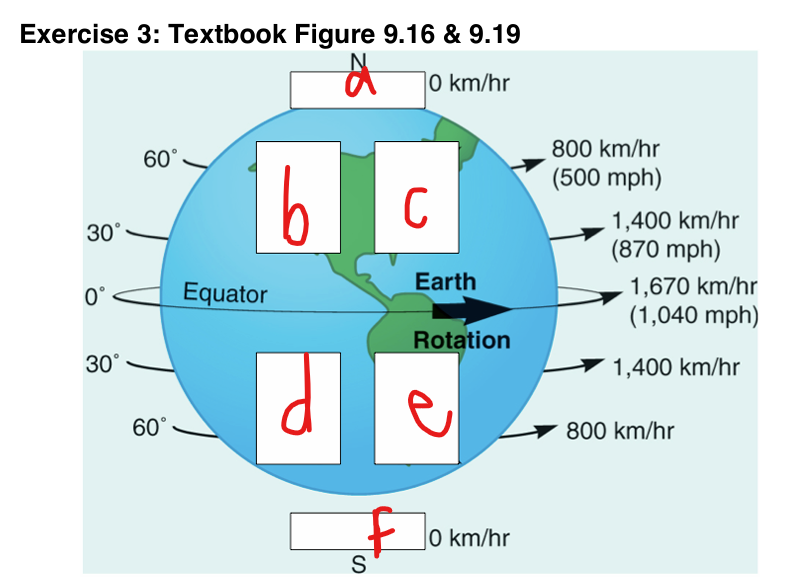
What does b represent in the image?
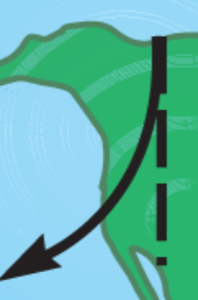
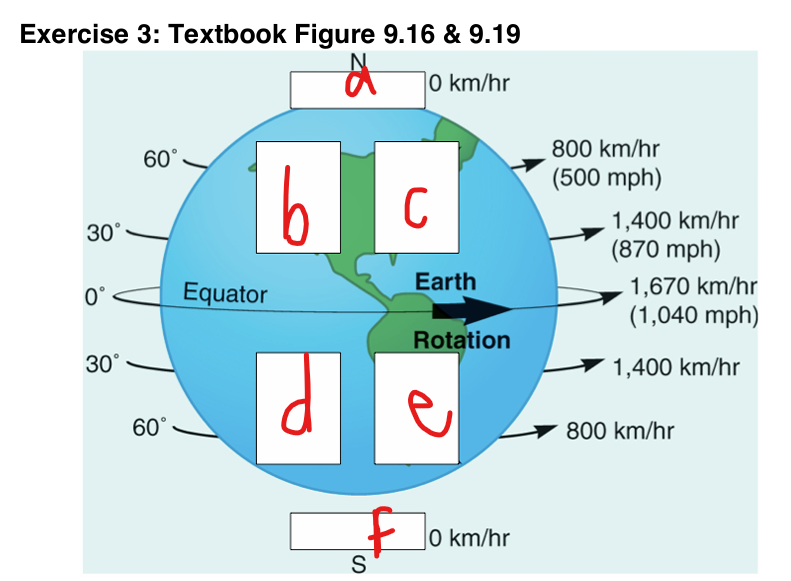
What does c represent in the image?

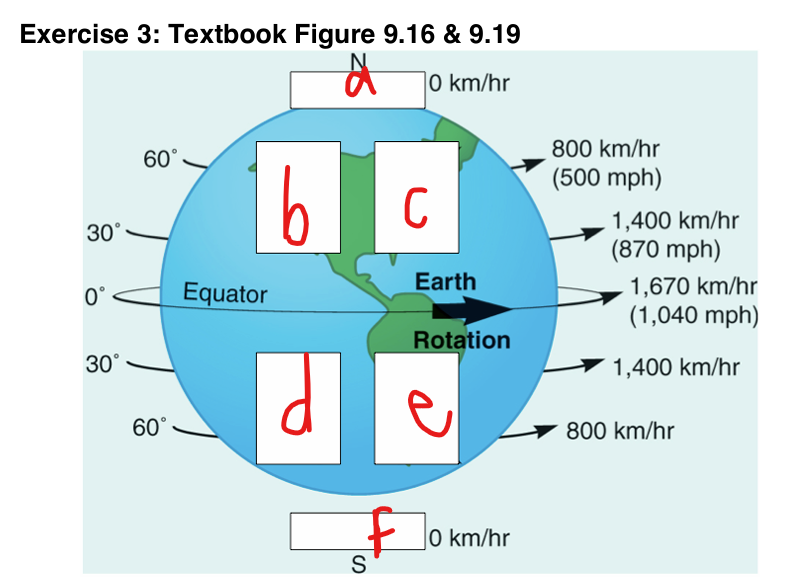
What does d represent in the image?

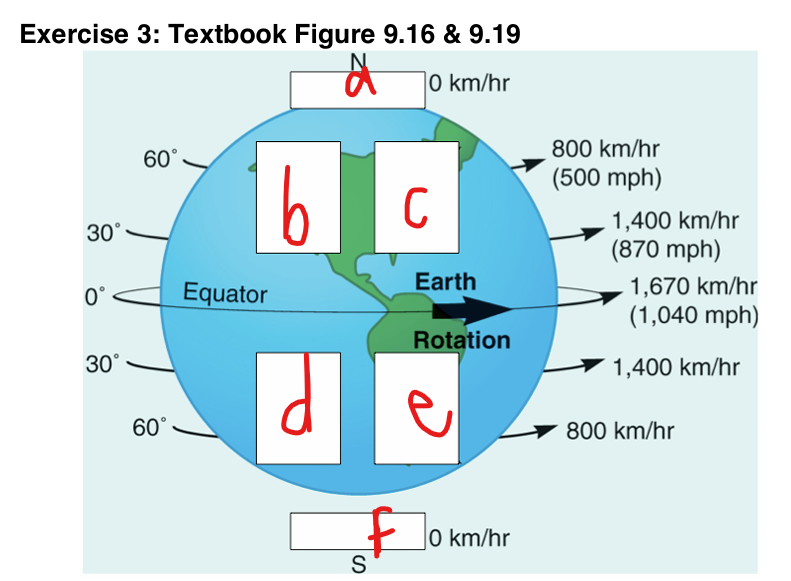
What does e represent in the image?

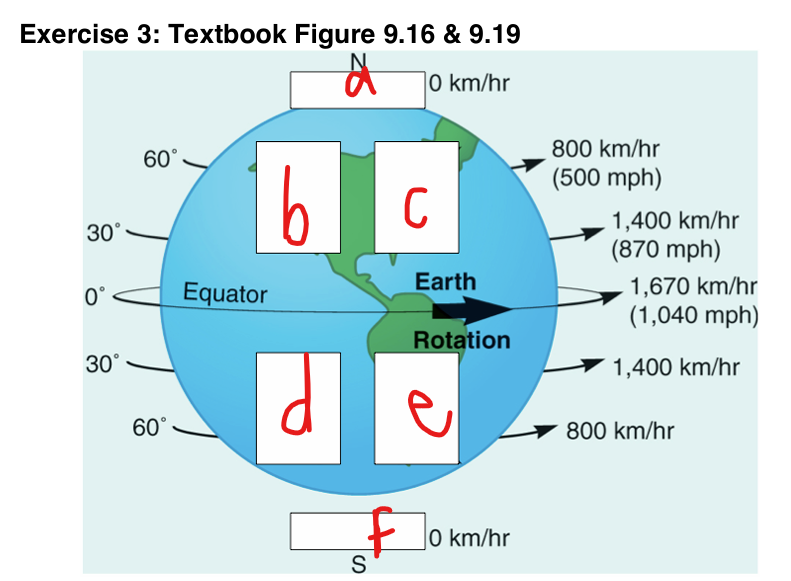
What does f represent in the image?

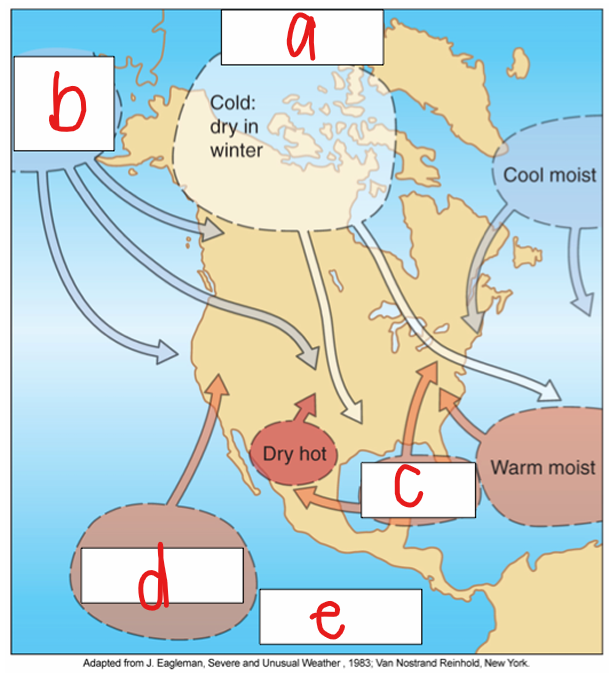
What does a represent in the image?
Polar
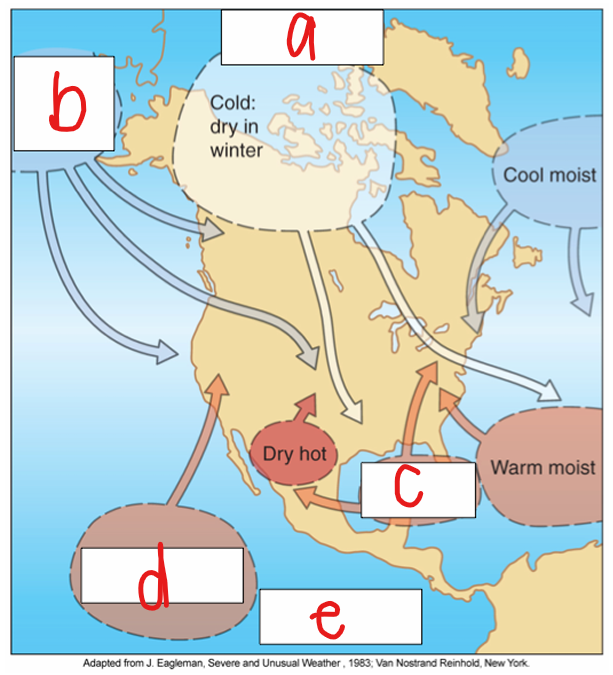
What does b represent in the image?
Cool moist
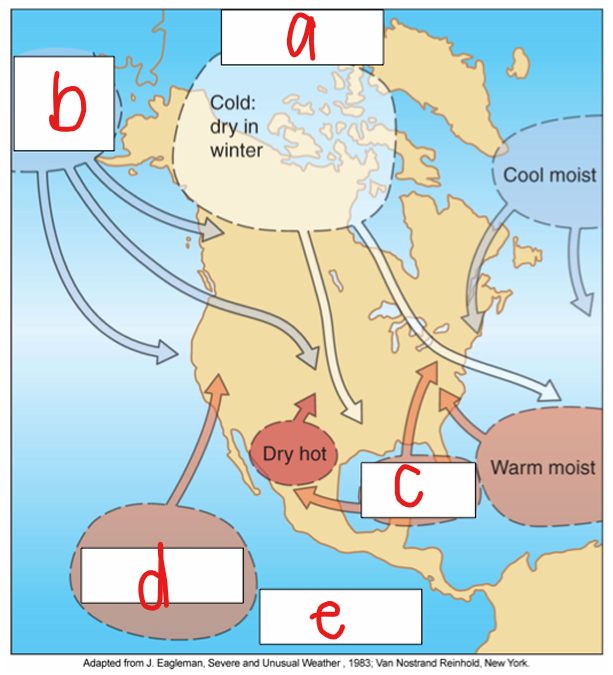
What does c represent in the image?
Warm moist
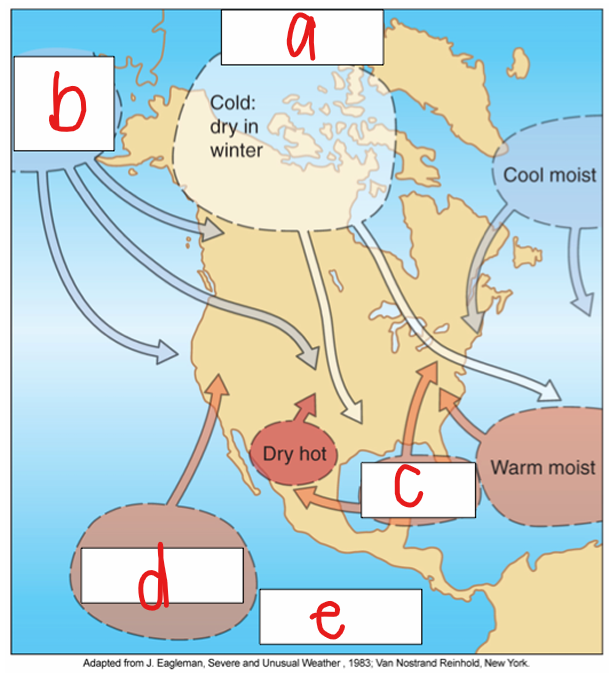
What does d represent in the image?
Warm moist
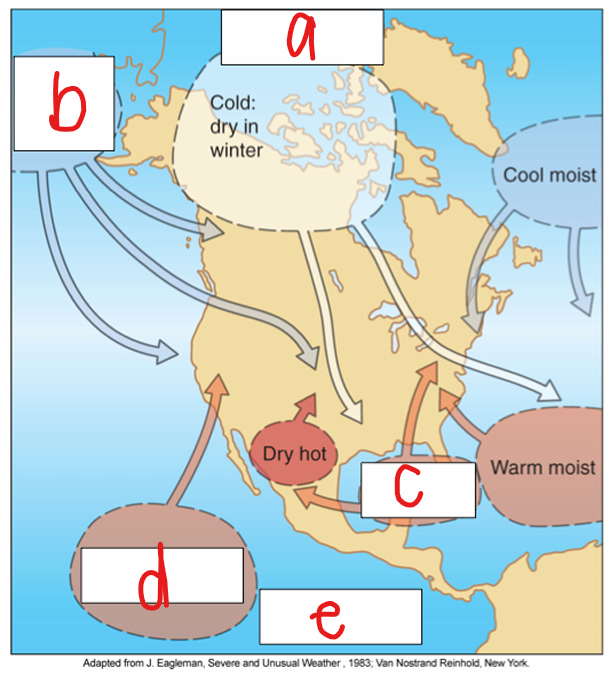
What does e represent in the image?
Tropical

What does a represent in the image?
Cold air

What does b represent in the image?
Cold front

What does c represent in the image?
Warm air
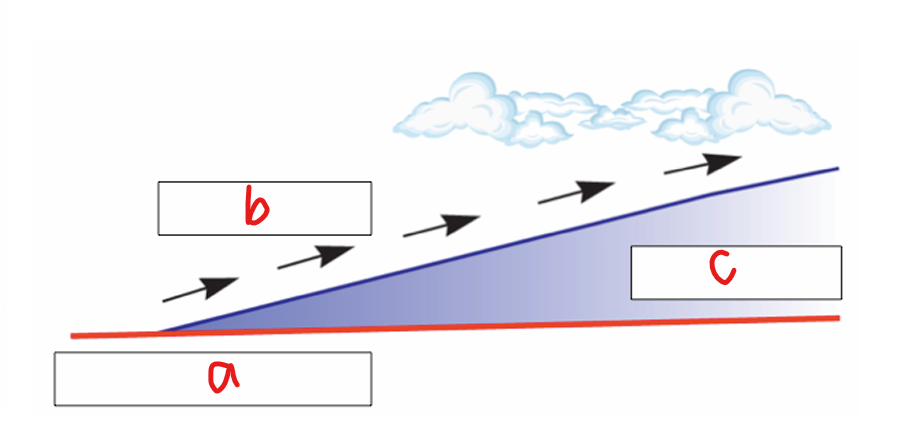
What does a represent in the image?
Warm front
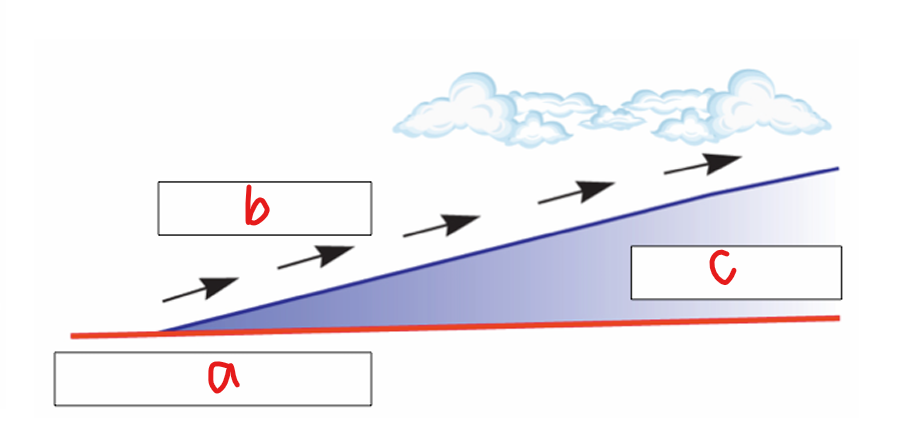
What does b represent in the image?
Warm air
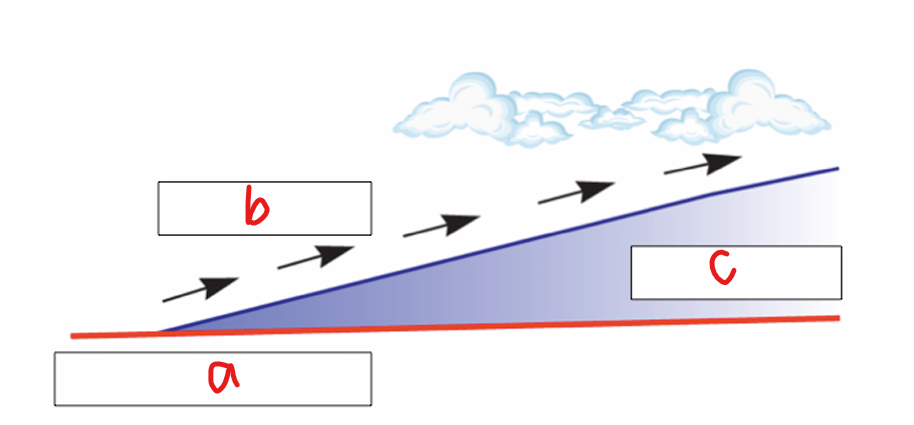
What does c represent in the image?
Cold air
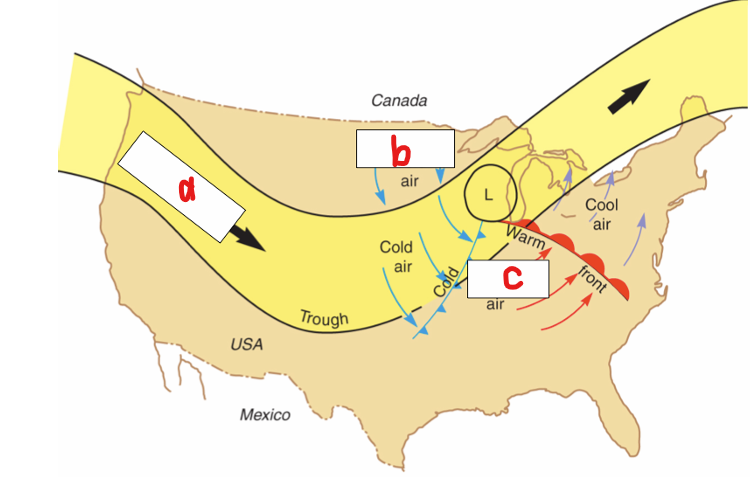
What does a represent in the image?
Jet stream

What does b represent in the image?
Cold
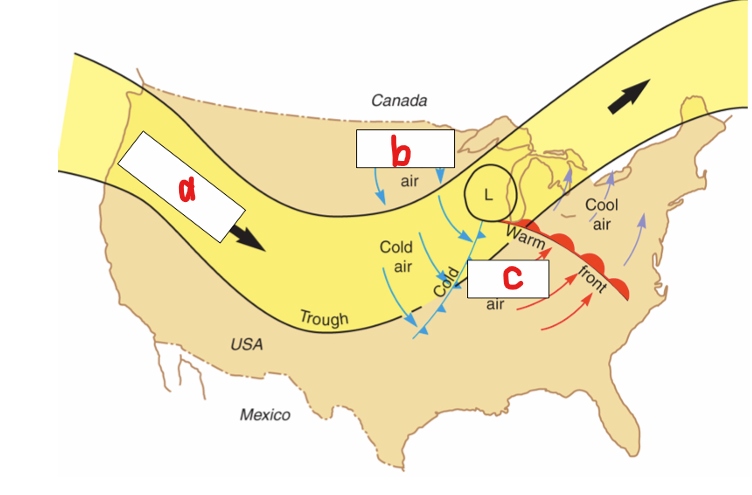
What does c represent in the image?
Warm
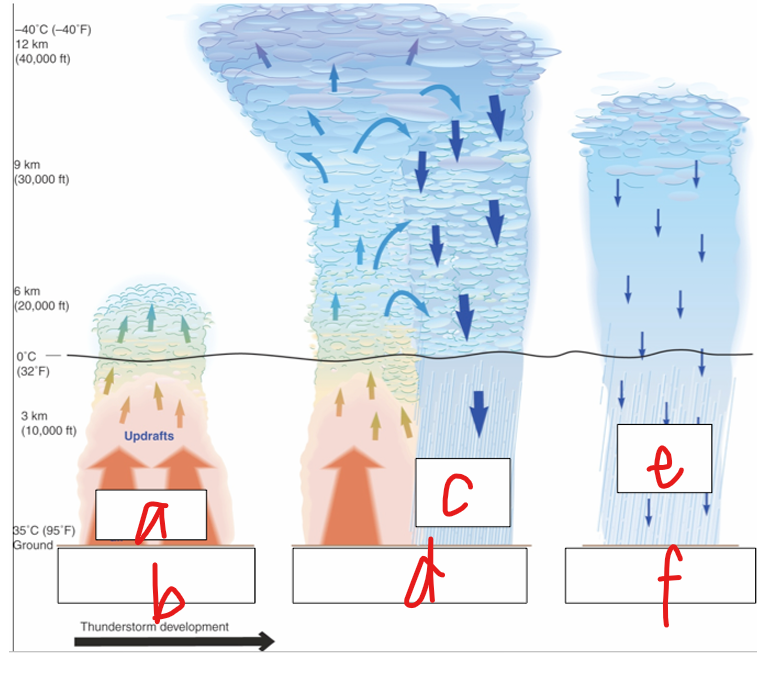
What does a represent in the image?
Warm, humid air
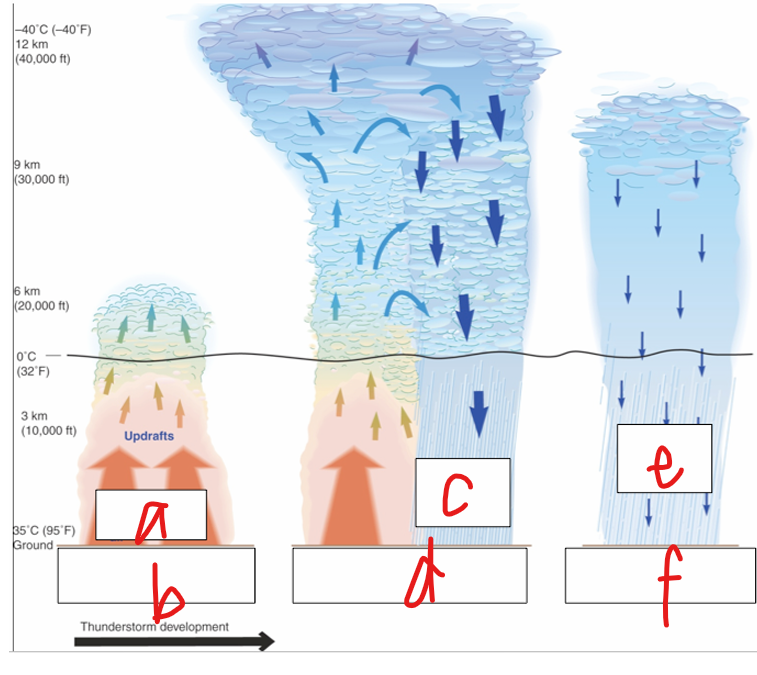
What does b represent in the image?
Early stage: Rising cumulus clouds
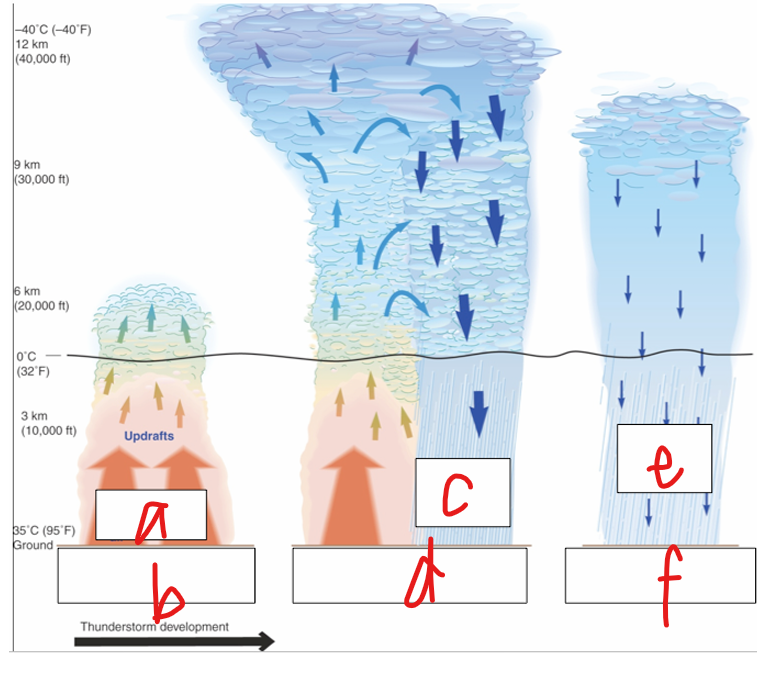
What does c represent in the image?
Heavy rain
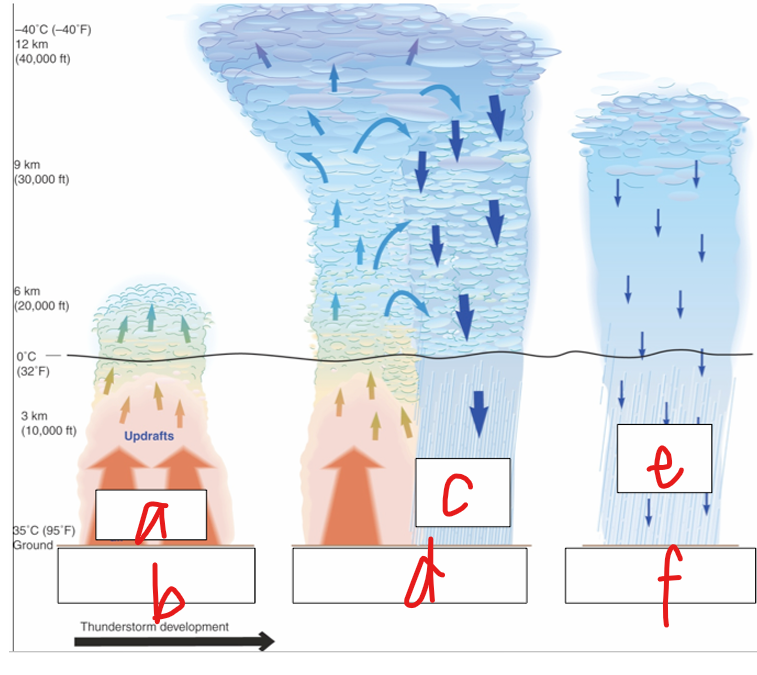
What does d represent in the image?
Mature stage: Updrafts continue, building cumulonimbus clouds, strong downdrafts operate
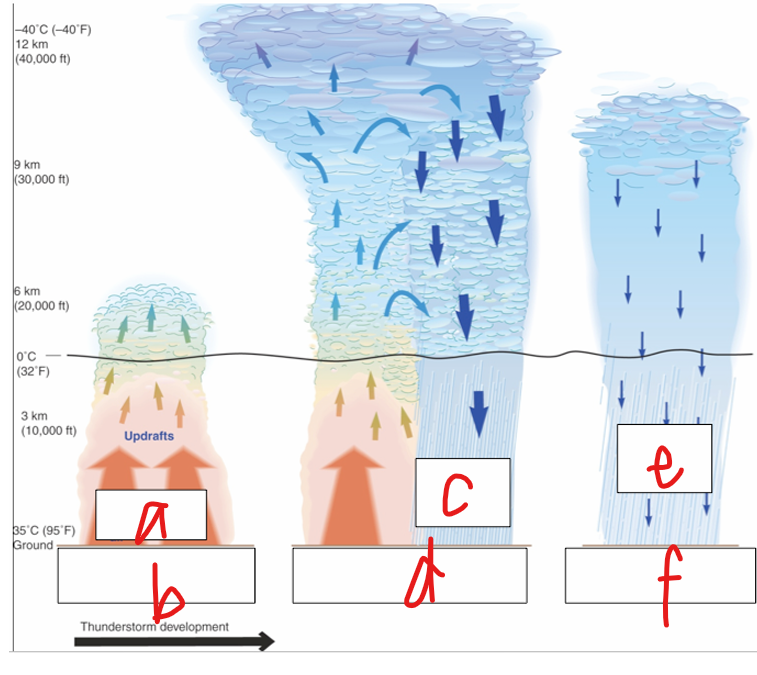
What does e represent in the image?
Lighter rain
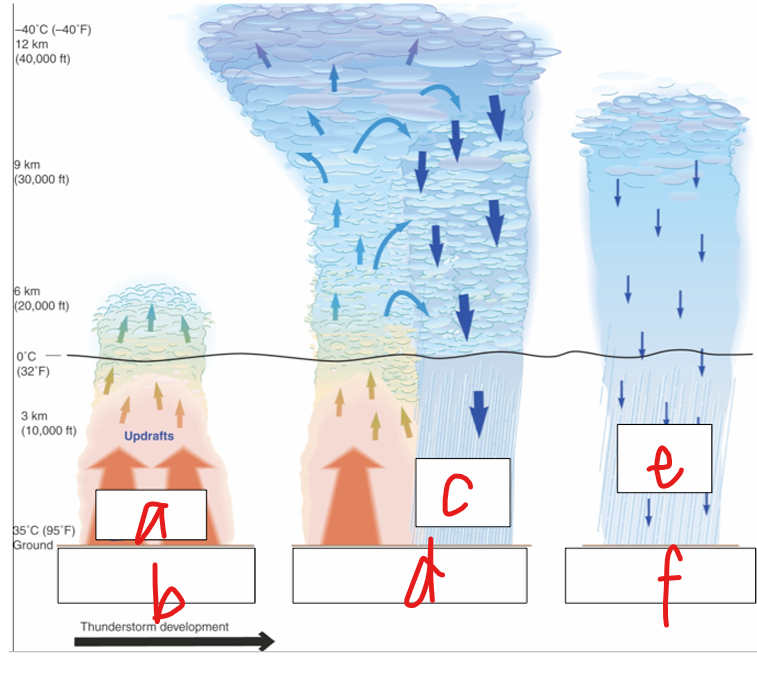
What does f represent in the image?
Dissipating stage: Downdrafts dominate, cloud mass shrinks

What does a represent in the image?
Snow falls

What does b represent in the image?
Rain

What does c represent in the image?
Snow melts
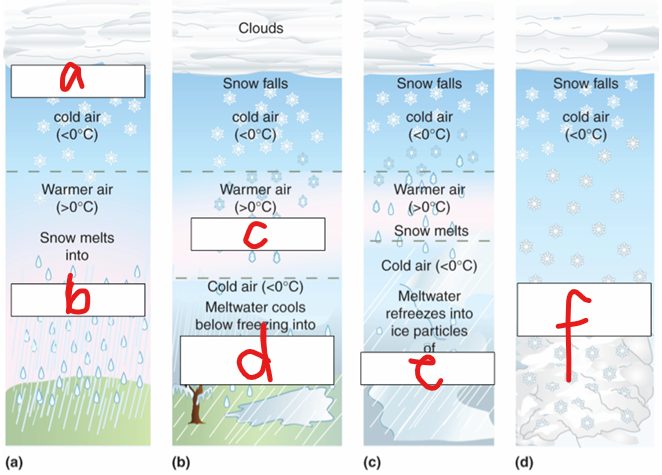
What does d represent in the image?
Freezing rain

What does e represent in the image?
Sleet
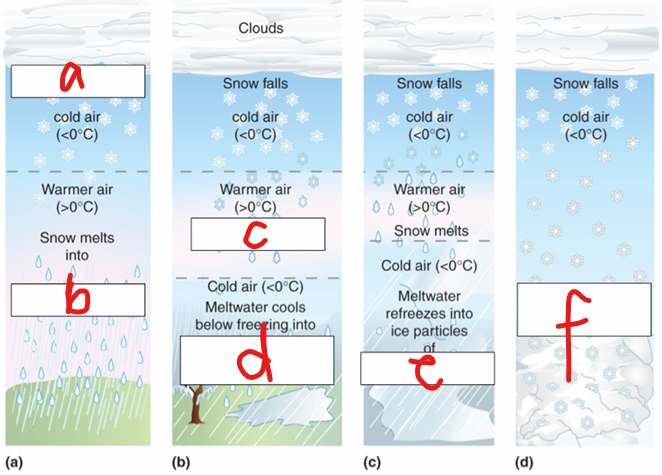
What does f represent in the image?
Snow

What does a represent in the image?
Single cell
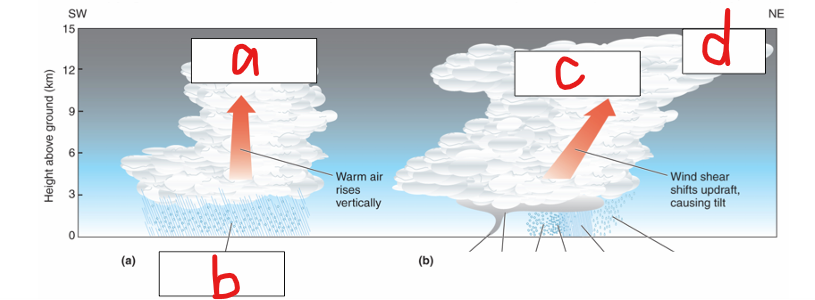
What does b represent in the image?
Rain and hail
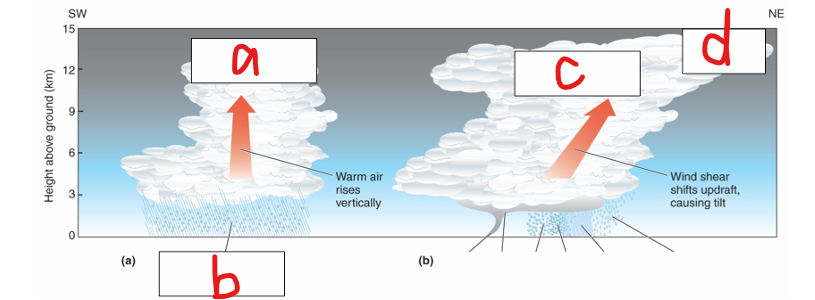
what does c represent in the image?
Supercell

What does d represent in the image?
Anvil
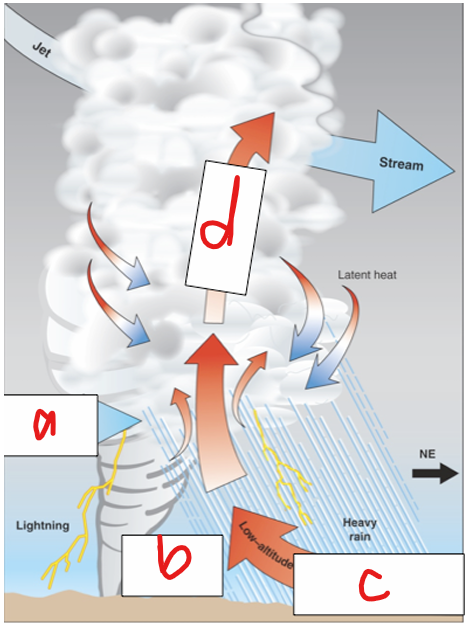
What does a represent in the image?
Mid-altitude cold, fast winds
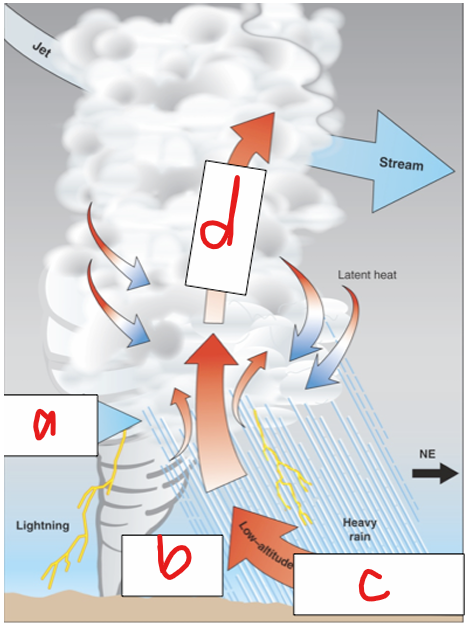
What does b represent in the image?
Tornado
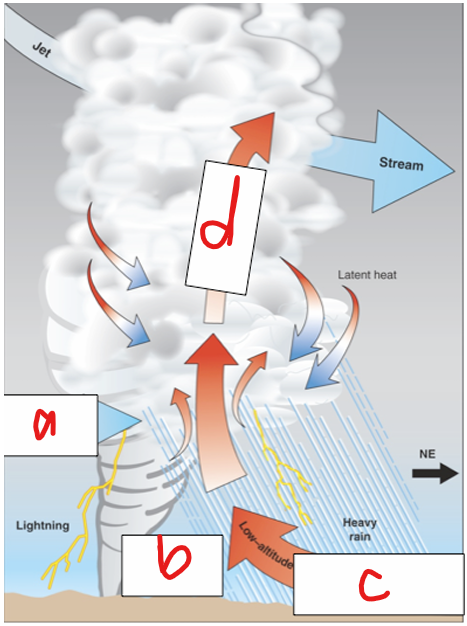
What does c represent in the image?
Low-altitude inflow of warm, moist Gulf air
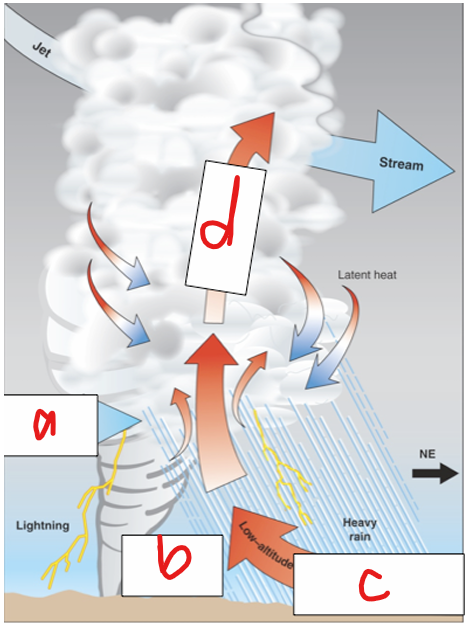
What does d represent in the image?
Thermal Updraft
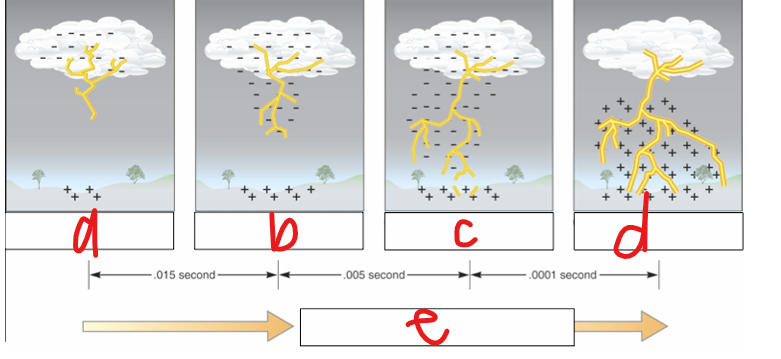
What does a represent in the image?
Initiation

What does b represent in the image?
Stepped leader
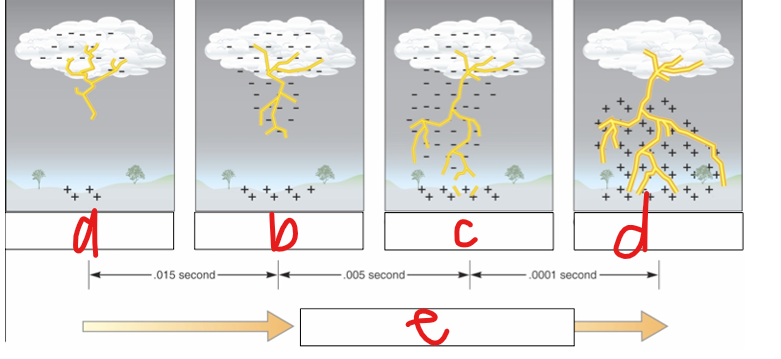
What does c represent in the image?
Connection
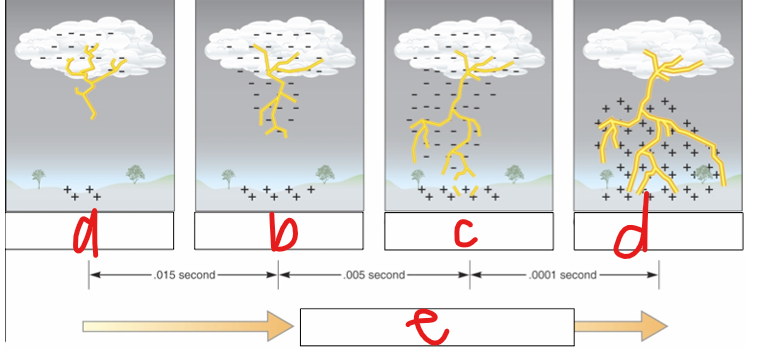
What does d represent in the image?
Return stroke
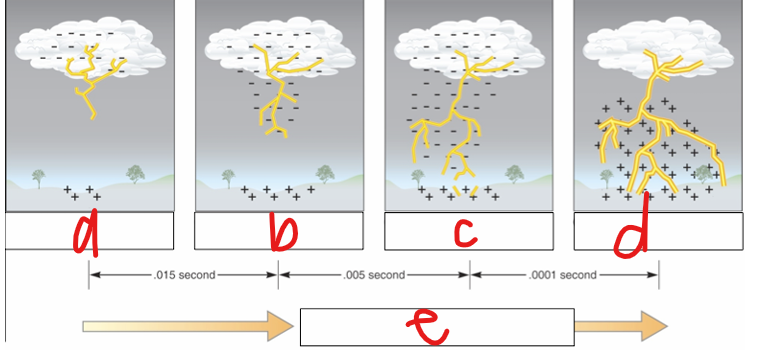
What does e represent in the image?
Development of lightning bolt
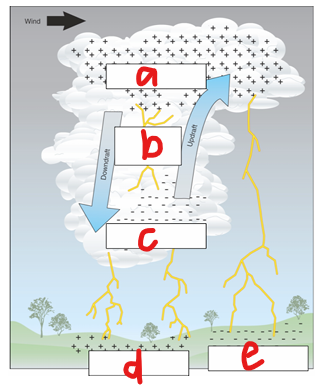
What does a represent in the image?
Positive charges dominate
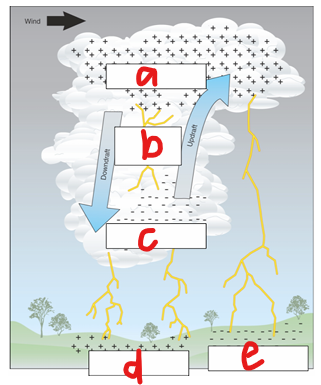
What does b represent in the image?
Intracloud lightning
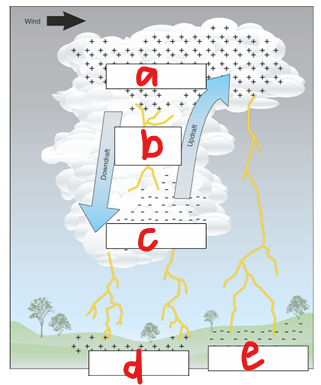
What does c represent in the image?
Negative charges dominate
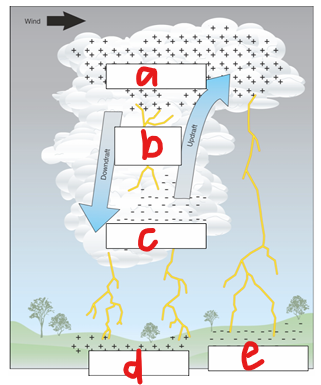
What does d represent in the image?
Induced positive charge
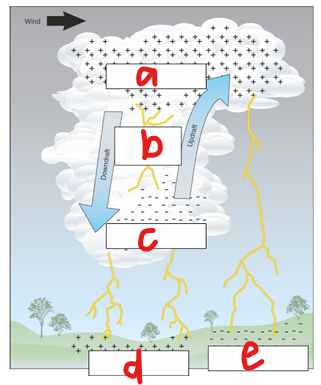
What does e represent in the image?
Induced negative charge
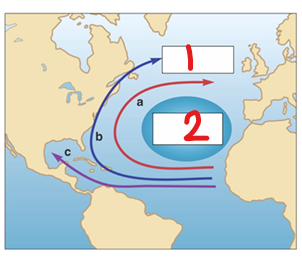
What does 1 represent in the image?
Path of hurricanes
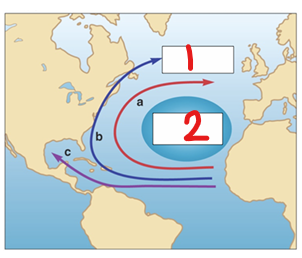
What does 2 represent in the image?
Bermuda High
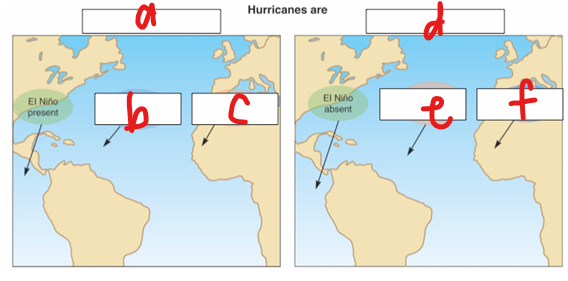
What does a represent in the image?
Fewer when
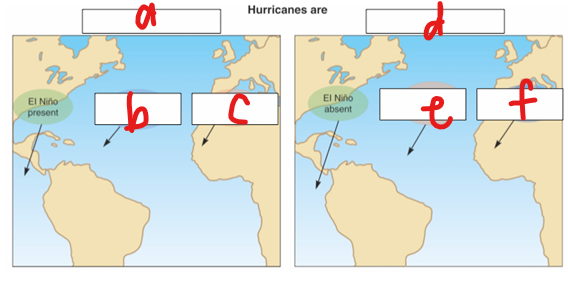
What does b represent in the image?
Cooler sea surface
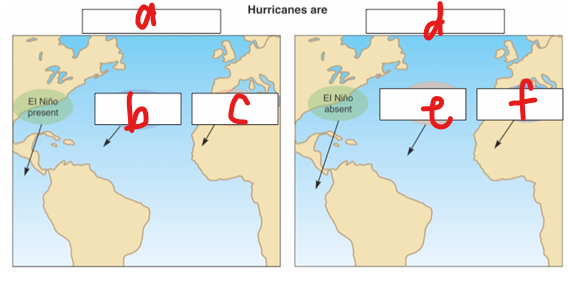
What does c represent in the image?
Drier summer

What does d represent in the image?
Frequent when
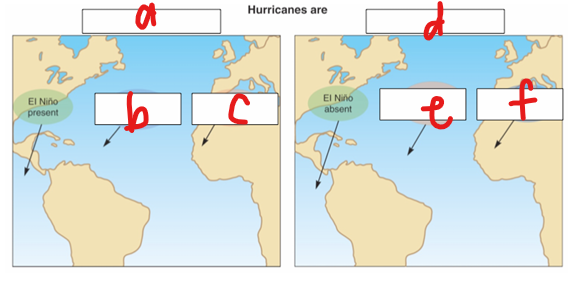
What does e represent in the image?
Warmer sea surface
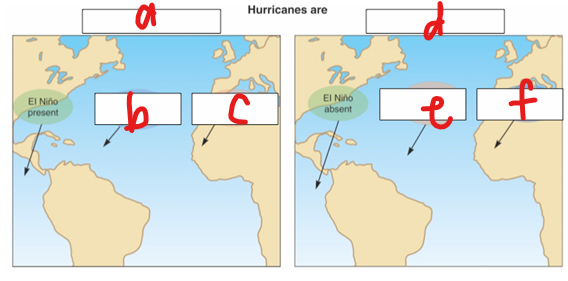
What does f represent in the image?
Wetter summer

What does a represent in the image?
Left side

What does b represent in the image?
Landfall: eye of hurricane
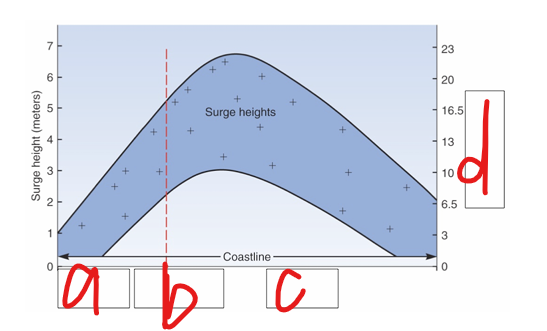
What does c represent in the image?
Right side
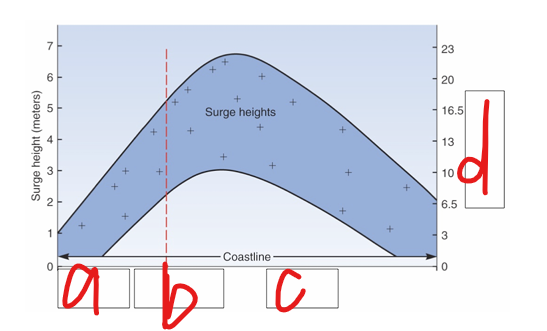
What does d represent in the image?
Surge height (feet)
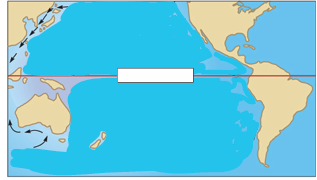
Pacific Ocean circulation wind and surface water flow during normal years
The northeast and southeast trade winds combine to push warming surface water westward across the ocean in the equatorial belt. After circling near the poles, the return water flowing along the North and South American coasts is cold.
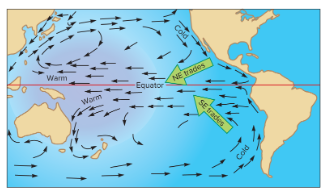

Pacific Ocean circulation wind and surface water flow during normal years
Schematic cross-section. The trade winds stack up warm surface water on the western side of the Pacific Ocean.

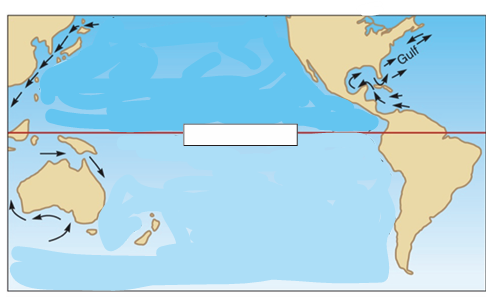
Wind and surface water flow of Pacific Ocean circulation during El Niño years
Equatorial winds blow toward the center of the ocean from both sides.
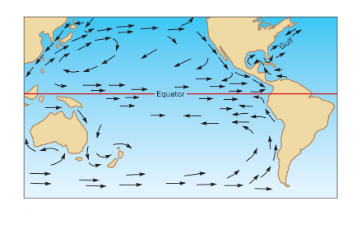

Wind and surface water flow of Pacific Ocean circulation during El Niño years
Schematic cross-section. Weakened trade winds plus winds from the west cause warm water to accumulate along the equatorial Americas.


Cross-sections of Southern Hemisphere atmospheric circulation
With “normal circulation,” moist air rises over the landmasses, condenses, and falls as rain on eastern South America, eastern Africa, and Indonesia-Australia.


Cross-sections of Southern Hemisphere atmospheric circulation
With El Niño conditions, eastern Africa and Indonesia-Australia do not get their customary rain, while western South America receives heavy rainfall.

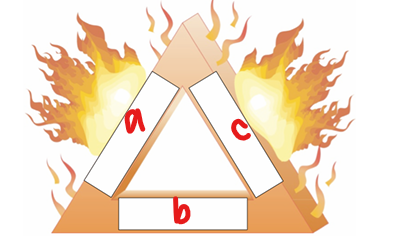
What does a represent in the image?
Fuel

What does b represent in the image?
Heat

What does c represent in the image?
Oxygen

What does a represent in the image?
Conduction
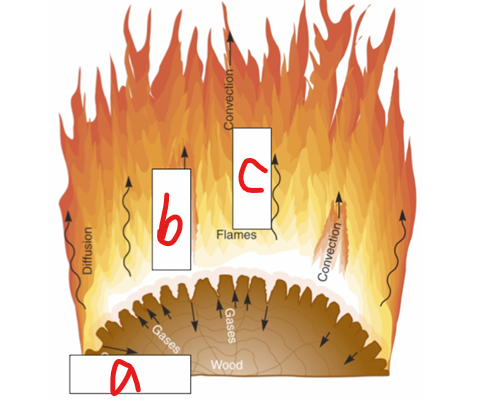
What does b represent in the image?
Convection
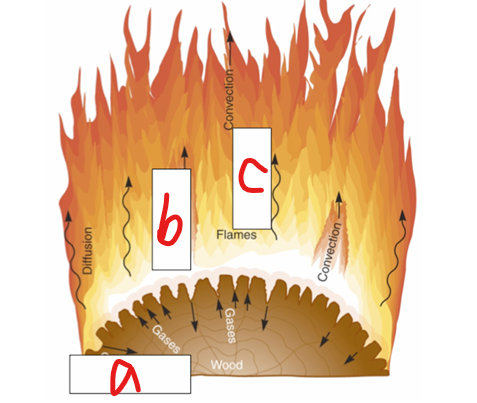
What does c represent in the image?
Radiation
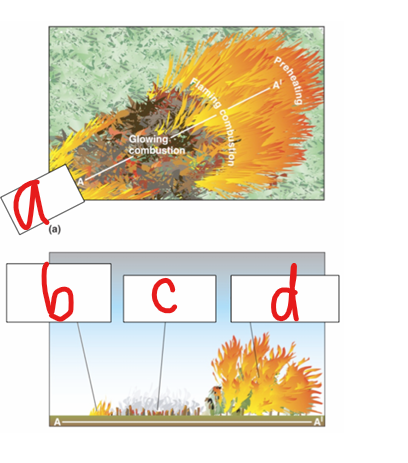
What does a represent in the image?
Wind
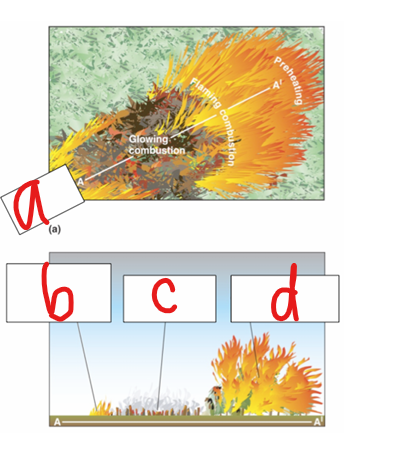
What does b represent in the image?
Flaming combustion (trailing)
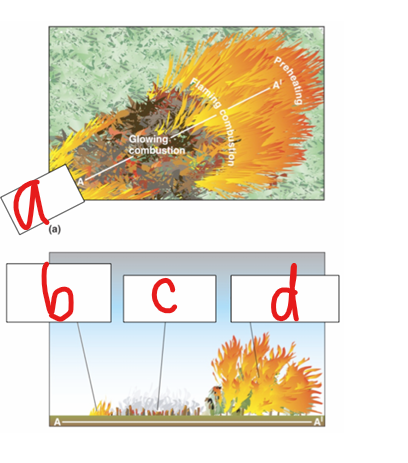
What does c represent in the image?
Glowing combustion
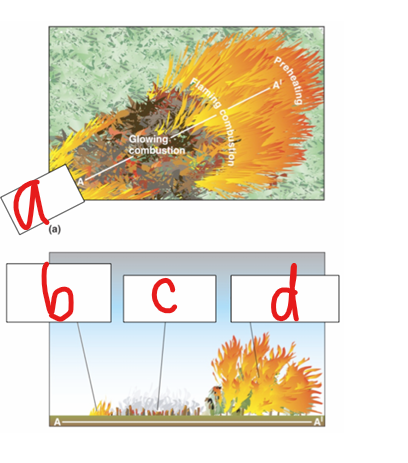
What does d represent in the image?
Flaming combustion (leading)